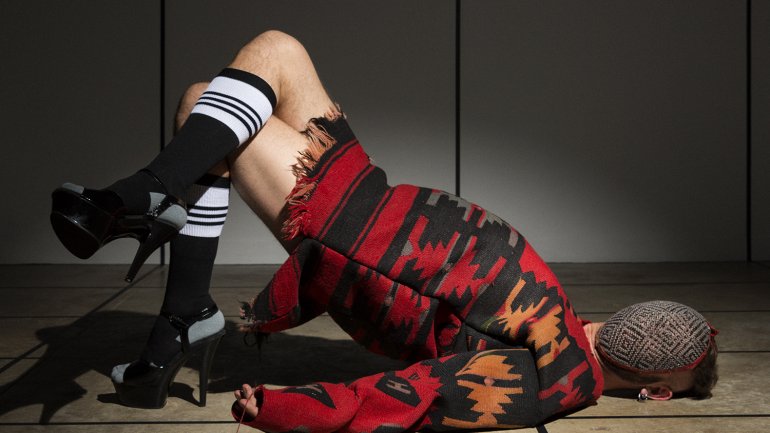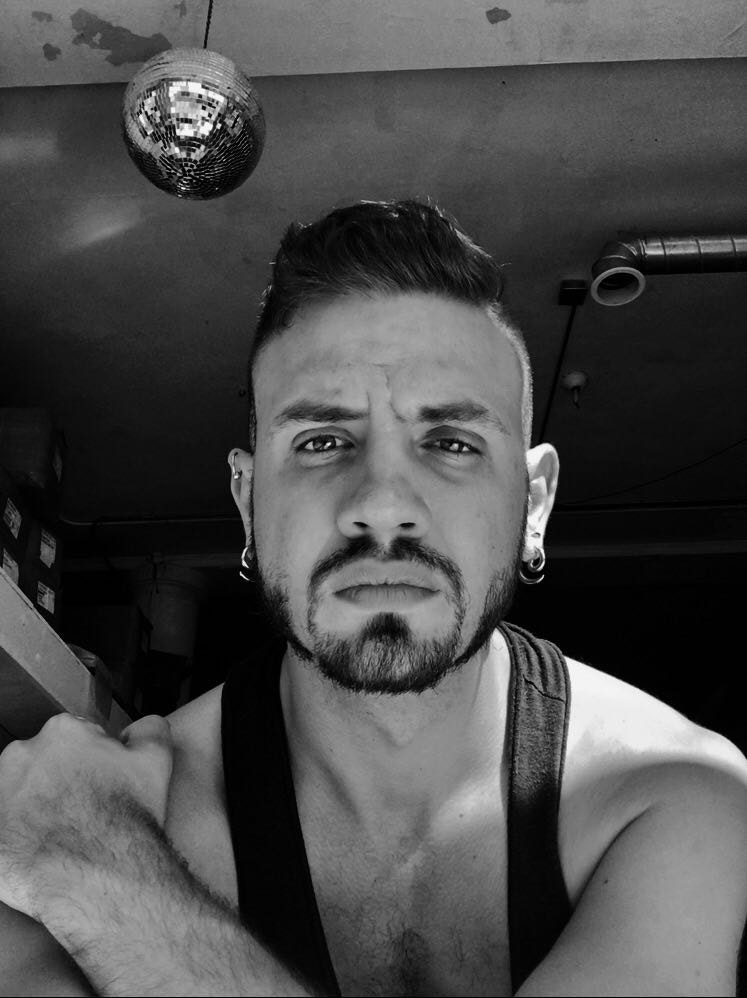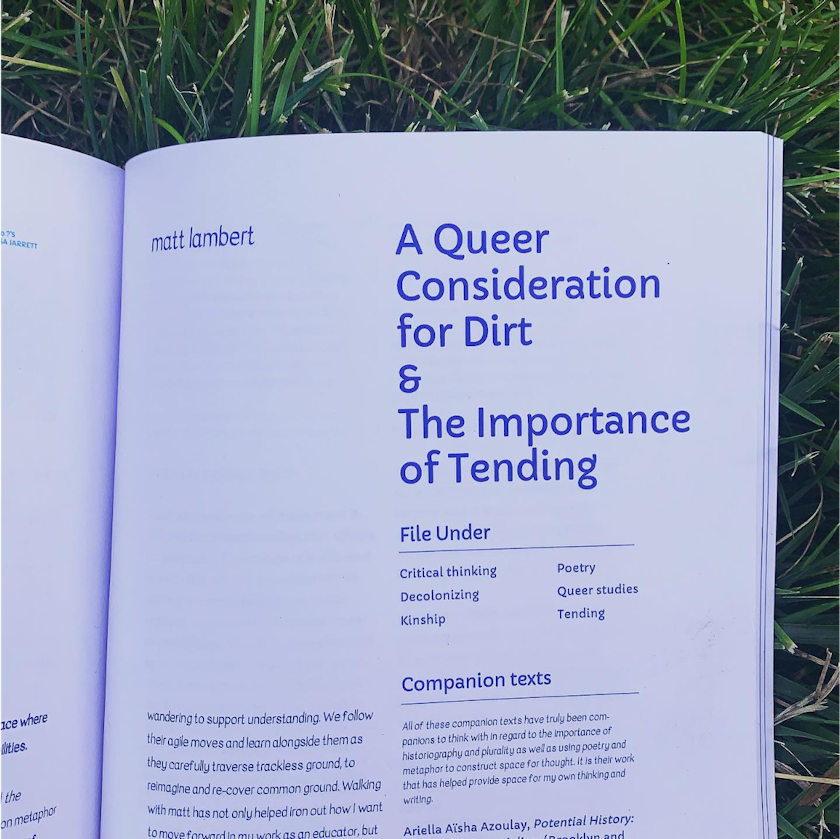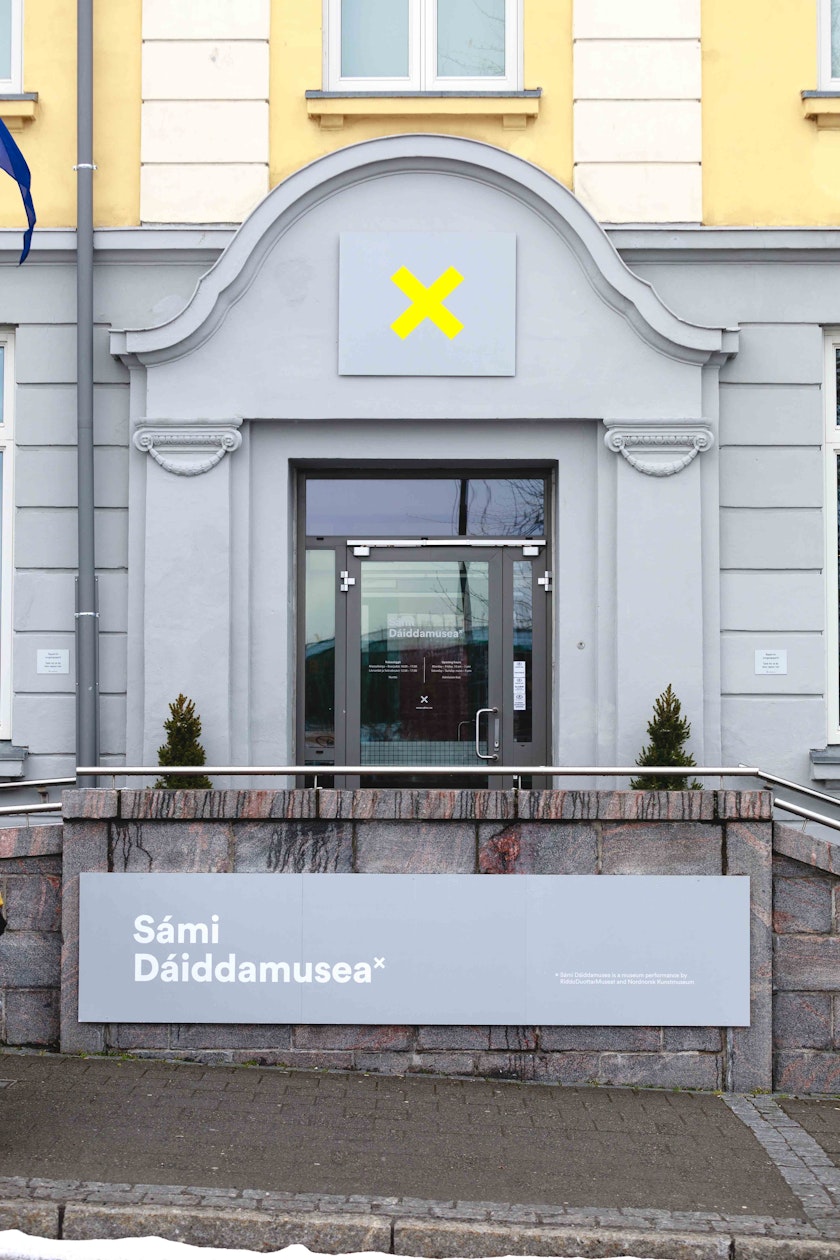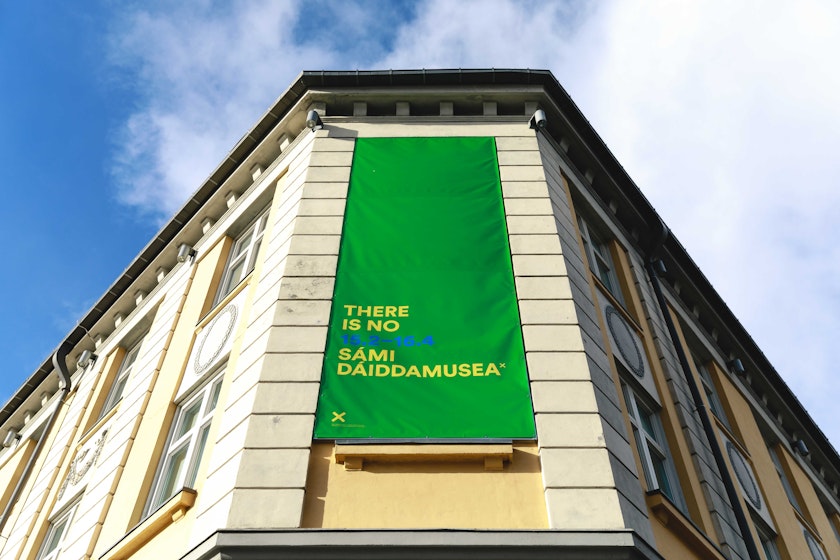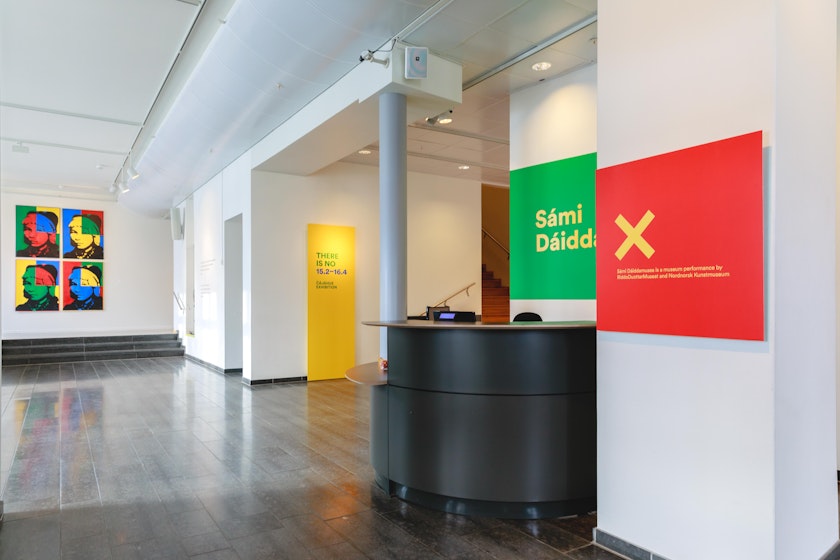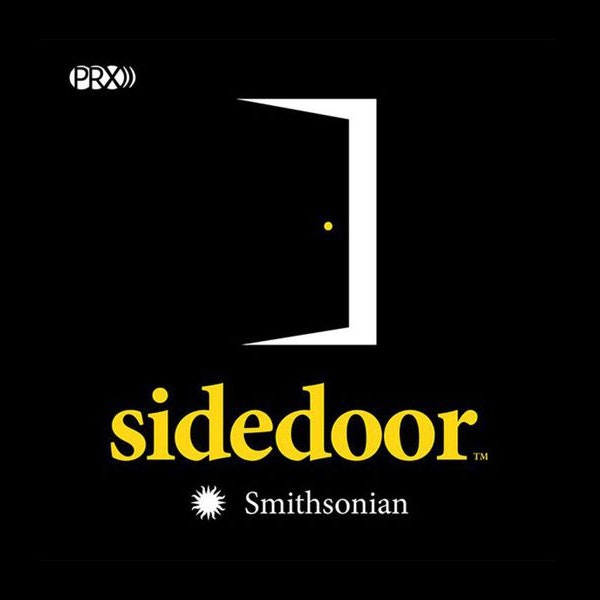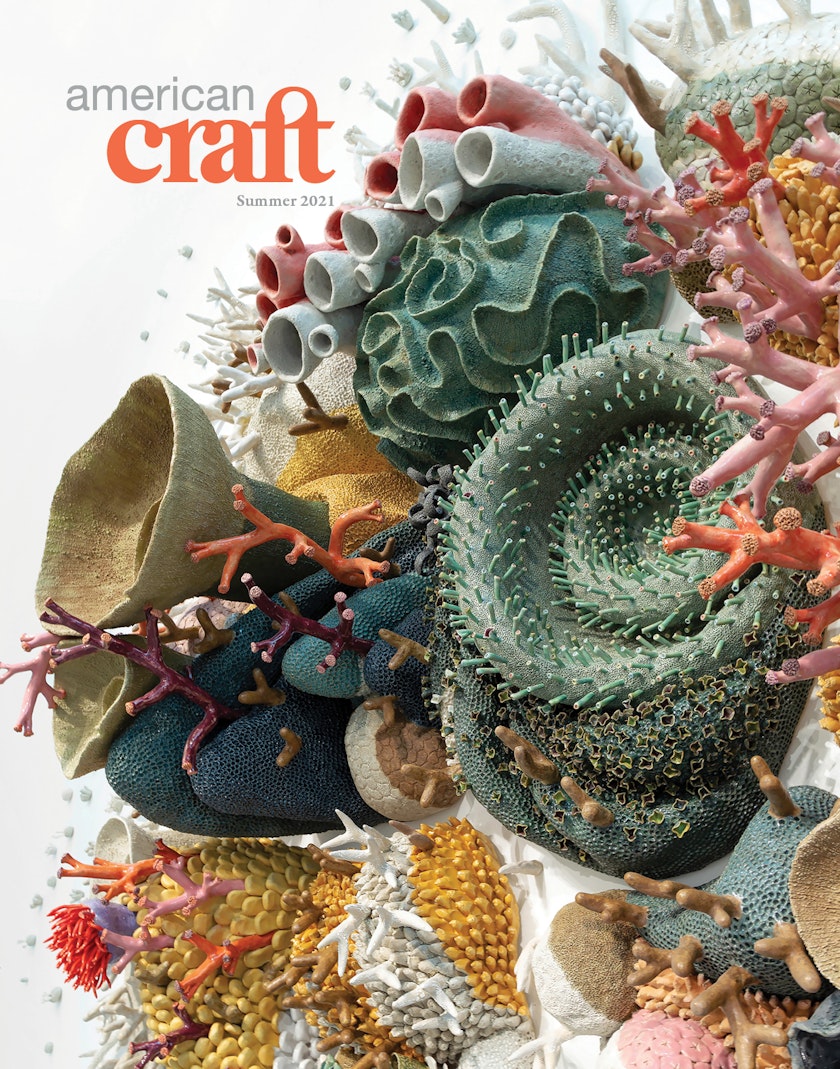The Queue: matt lambert
Get to know the people featured in the pages of our magazine as they share what's inspiring them right now.
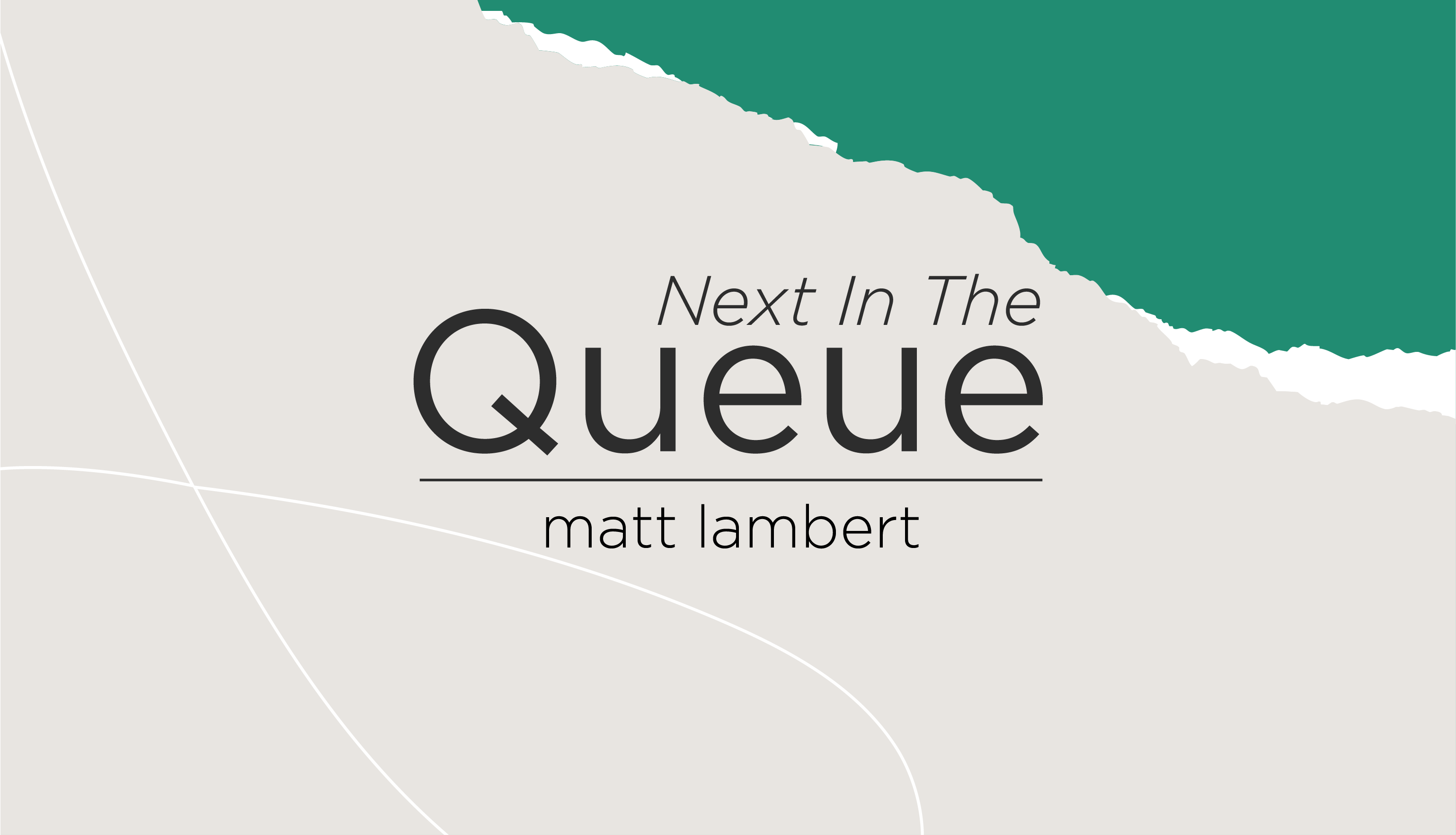
Welcome to the Flourish series of The Queue
A biweekly roundup for and by the craft community, The Queue introduces you to the artists, curators, organizers, and more featured in the current issue of American Craft. We invite these inspiring individuals to share personally about their lives and work as well as what's inspiring them right now.
matt lambert on "growing in a healthy way"—personally, collectively, and as a field
matt lambert is craft scholar, metalsmith, and multidisciplinary collaborator currently living in Stockholm, Sweden. Their object story called "the good china" appears in "Unearthing the Craftscape," our Summer issue's State of Craft feature. @matt_lambert_studio
How do you describe your work or practice?
A Joyful Tangle.
My practice is a constantly moving assemblage of objects, collaborations, performances, and writings. I am most interested in communication and movements involved in process—thinking about institutions and how parts can be reconfigured for more equitable discourses and how craft can be used in creating cross–field collaboration, curatorial investigations, and alternative pedagogical models that often question ideas around mastery, tradition, and authorship.
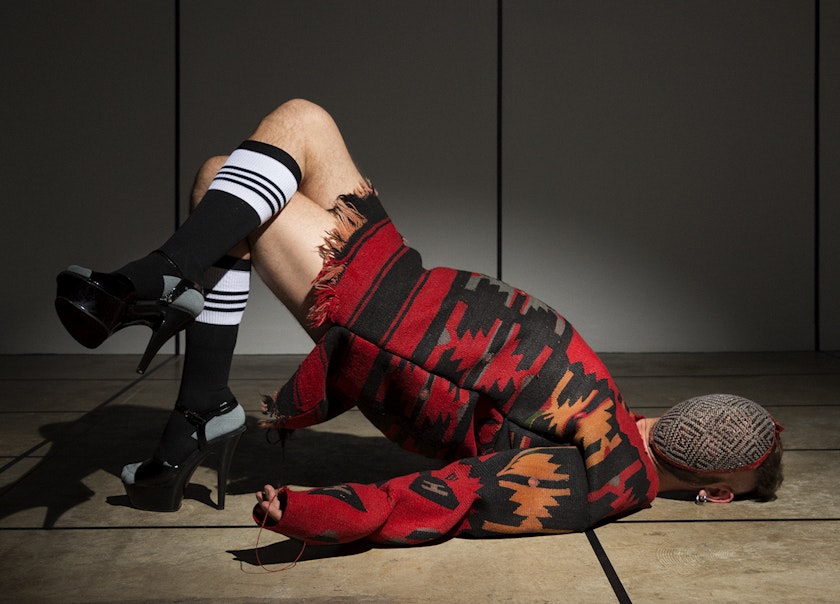
A performance from matt lambert's exhibition Fun&Games (2018) at The Sculpture Center in Ohio. Photo courtesy of the artist.
The past year has presented many challenges, from a global pandemic to renewed urgency around issues of racial equity and police brutality. As we slowly move into a post-pandemic world, how are you finding beauty and staying grounded?
I have not stayed grounded, and I am ok with that. Sometimes it's ok to float and to land somewhere else, to search for other ground. Sometimes it's ok to be completely unglued, and I think we need to make more space for this. I moved to Stockholm, Sweden to pursue a PhD in November 2020. It has taught me the value of community and chosen family and has forced me to reassess how I want to define success. I have found beauty in getting lost in conversation and value in being around the creative energy of others who are investing concern in equity or who are just trying to make it work.
The theme of the current issue of American Craft is "Flourish." Can you reflect on that theme as it relates to your work and practice?
When I looked up the word flourish, I found one definition to include “growing in a healthy way.” My practice keeps moving farther and farther into areas of collaboration and dialogue. Whether a performance or an interview, I am most interested in the entanglement and how the we is developed—and how to create equanimity that sustains all involved. I see the object or the physical manifestation as a marker to represent growth, but I am most interested in how to consider the work as the actions, conversations, and movements that occur in process. This is how the language of craft is so beneficial, as it carries body and has a language of process. It also carries with it a complex past which requires some detangling to make space for multiplicity to flourish.
I have found beauty in getting lost in conversation and value in being around the creative energy of others who are investing concern in equity or who are just trying to make it work.
What has been the biggest barrier you have had to break through to get to the place you’re at with your career?
A very large barrier I mostly have gotten through is a fear of writing. I had a very bad experience writing and was shamed for writing from a personal space in my own voice. It changed my entire course of working, ultimately finding myself in a making practice while actively avoiding writing. It has taken me many years to feel confident enough to put my words into public visibility. It still gives me anxiety, but I feel more confident each time I do it. The support of patient and open editors has also been invaluable.
It has also given me a passion for teaching courses around theory, speaking, and writing with makers. It is a joy to see how individual voices can develop confidence while holding onto their own voices. There is still this idea of seeking approval when really our multiplicity is what is needed. The edit is a conversation—not a dictation.
What’s an exhibition or art project you think the world should know about, and why?
I have been a big admirer of the There Is No… project. It is a “museum performance” in which the Sámi Dáiddamusea was created as an alternative reality through RiddoDuottarMuseat and Nordnorsk Kunstmuseum in Norway. Using the Nordnorsk Kunstmuseum address, Nordnorsk ceased to exist for two months, and it was essentially reskinned completely as the Sámi Dáiddamusea. Sámi are the indigenous people of the region (Norway, Sweden, Finland, and parts of Russia). The website was redirected, the graphics were changed, and the phones were answered as the Sámi Dáiddamusea. During that period, Sámi works were shown, and a focused program on public education through seminars and workshops occurred. I love the idea of a museum performing a new reality through another museum. It is a way to show how abundant work actually is for an underrepresented group and how museums can function as reality machines by choosing to ignore and neglect certain peoples' stories. It is an interesting way to manifest conversations around nation building to a general audience and question/critique the function of a museum. Sámi Dáiddamusea literally takes the same time and place and shows a new narrative. It is illustrating historiography. @riddoduottarmuseat @nordnorskkunstmuseum
What podcast should we be listening to right now, and why?
Sidedoor from Smithsonian Institution. I am really interested in how objects become markers for something larger, for stories and histories. Sidedoor is a great listen, as each episode unpacks a story behind something in the Smithsonian collection. The more obscure the starting point the more I am likely to be listening. @Sidedoorpod @Smithsonian @PRXofficial
Inspired by the people featured in The Queue?
Encounter their work from a different angle in the pages of American Craft magazine. Become a member of the American Craft Council to get a subscription and help fund a range of nonprofit programs that elevate the craft community.


